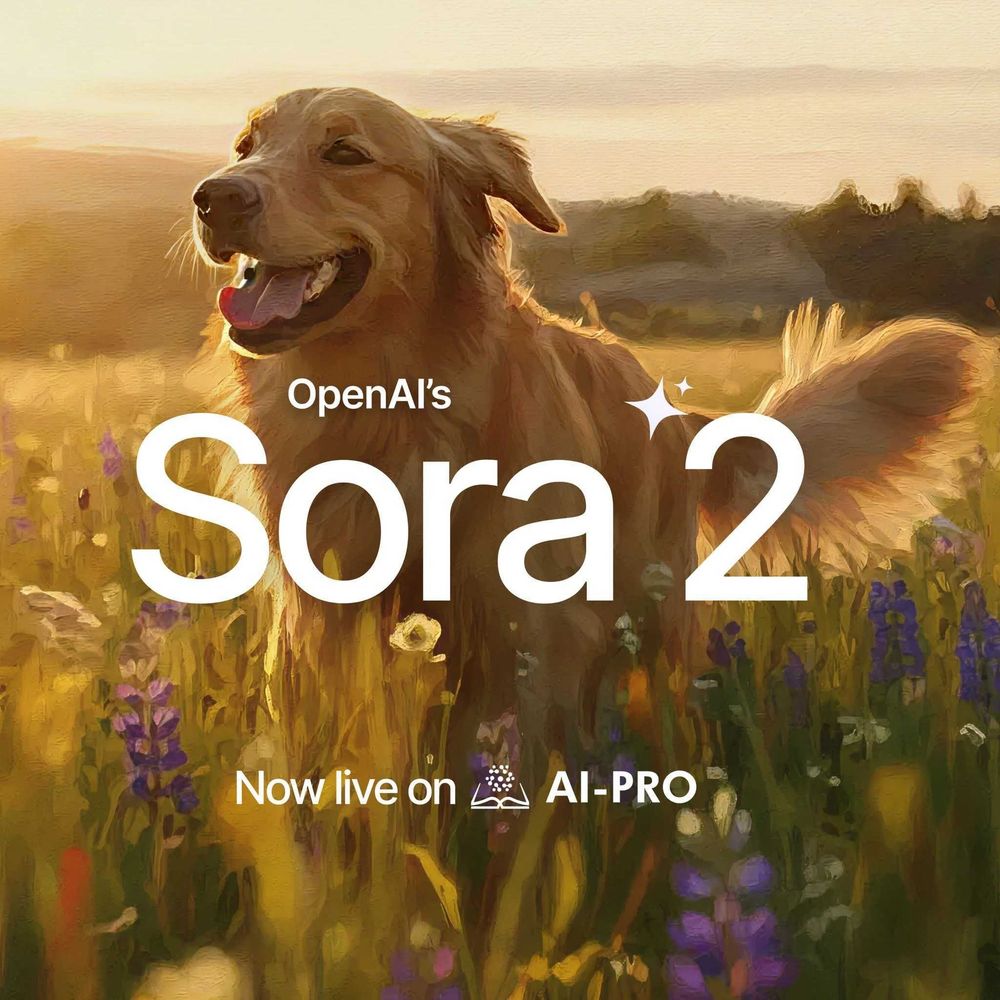In the realm of artificial intelligence, large language models (LLMs) have revolutionized how machines process and generate human language. At the forefront of this innovation are LLM agents, sophisticated AI systems designed to perform a wide array of tasks by leveraging the capabilities of LLMs. These agents are not merely tools; they are intelligent entities that can understand context, engage in meaningful dialogue, and assist in complex decision-making processes.
As organizations increasingly adopt LLM agents to enhance efficiency and improve user interactions, it becomes essential to understand the different types of LLM agents available. Each type is tailored to specific functionalities, addressing unique challenges across various industries.
This article will explore the diverse types of LLM agents, their applications, and the implications of their use in today’s digital landscape. By examining these agents, we can gain insight into how they are reshaping our interactions with technology and driving innovation across sectors.
The Core Components of LLM Agents

To fully appreciate the capabilities and applications of LLM agents, it’s essential to grasp their core components and how they function within the broader framework of artificial intelligence. LLM agents are built on the foundation of large language models (LLMs), which are trained on vast datasets to understand and generate human language. Here, we will break down the critical elements that define LLM agents and their operational dynamics.
- Agent/Brain
The "brain" of an LLM agent is essentially the underlying language model itself. This component is responsible for processing input, generating responses, and making decisions based on contextual understanding. The sophistication of this brain allows LLM agents to engage in conversations, answer questions, and perform tasks with a level of fluency that mimics human interaction.
- Memory
Memory plays a crucial role in how LLM agents operate. It can be categorized into two types:
- Short-term Memory: This allows agents to maintain context during a single interaction, enabling them to follow conversations and respond appropriately.
- Long-term Memory: Some advanced LLM agents incorporate mechanisms for long-term memory, allowing them to store information over time and recall it in future interactions. This capability enhances personalization and improves user experience.
- Tools
Many LLM agents are equipped with various tools that enable them to interact with external systems and APIs. These tools can include databases, web services, or even other software applications, allowing the agent to perform tasks such as retrieving information, executing commands, or integrating with other technologies seamlessly.
- Planning
An essential aspect of LLM agents is their ability to plan tasks effectively. This involves breaking down complex objectives into manageable steps and determining the best course of action to achieve desired outcomes. Planning capabilities enhance the agent's efficiency in executing multi-step processes, making them valuable in various applications ranging from project management to customer support.
This involves two critical steps: Plan Formulation and Plan Reflection.
- Plan Formulation
During this stage, agents break down large tasks into smaller subtasks. Various approaches to task decomposition exist:
- Some methods advocate for creating a detailed plan all at once and then executing it step by step.
- Others, such as the Chain of Thought (CoT) method, promote a more adaptive strategy where agents tackle sub-tasks one by one, allowing for greater flexibility.
- The Tree of Thought (ToT) approach takes CoT further by exploring multiple paths to solve a problem. It breaks down the problem into several steps while generating various ideas at each stage and organizing them like branches on a tree.
- Hierarchical structures or decision trees can also be employed, considering all possible options before finalizing a plan.
While LLM-based agents are generally knowledgeable, they may struggle with tasks requiring specialized knowledge. Integrating these agents with domain-specific planners can significantly enhance their performance.
- Plan Reflection
After formulating a plan, it’s crucial for agents to review and assess its effectiveness. LLM-based agents utilize internal feedback mechanisms that draw on existing models to refine their strategies. They can also interact with humans to adjust their plans based on feedback and preferences. Additionally, agents gather insights from their environments—both real and virtual—using outcomes and observations to further refine their plans.
Two effective methods for incorporating feedback in planning are ReAct and Reflexion:
- ReAct helps an LLM solve complex tasks by cycling through a sequence of thought, action, and observation, repeating these steps as needed. It takes in feedback from the environment—including observations and input from humans or other models—allowing the LLM to adjust its approach based on real-time feedback.
- Reflexion focuses on self-assessment, enabling the agent to evaluate its previous actions against desired outcomes, thereby fostering continuous improvement.
Understanding these core components provides a solid foundation for exploring the different types of LLM agents available today. In the following sections, we will see how these foundational aspects translate into practical functionalities that are reshaping our interactions with technology.
The Role of Context
 Within LLM agents, the concept of context is not merely an ancillary feature; it is a fundamental pillar that underpins effective communication and decision-making. Context enables LLM agents to interpret inputs accurately, generate relevant responses, and adapt their behavior based on the nuances of each interaction. This section will explore the significance of context in the functioning of LLM agents and how it enhances their capabilities.
Within LLM agents, the concept of context is not merely an ancillary feature; it is a fundamental pillar that underpins effective communication and decision-making. Context enables LLM agents to interpret inputs accurately, generate relevant responses, and adapt their behavior based on the nuances of each interaction. This section will explore the significance of context in the functioning of LLM agents and how it enhances their capabilities.
The Importance of Context
- Understanding User Intent
Context allows LLM agents to discern the intent behind user queries. For instance, the phrase "Can you book a flight?" can have different meanings depending on the preceding conversation. If a user has been discussing travel plans, the agent can infer that they are seeking assistance with travel arrangements rather than asking for general information about flights. This understanding enables more accurate and relevant responses.
- Maintaining Conversational Flow
Effective communication relies on continuity and coherence. LLM agents equipped with contextual awareness can maintain the flow of conversation by recalling previous exchanges. This capability helps them respond appropriately to follow-up questions or comments, thereby creating a more engaging and human-like interaction. For example, if a user mentions a specific product earlier in the conversation, an LLM agent can reference that product later without requiring the user to repeat themselves.
- Adapting to User Preferences
Contextual understanding allows LLM agents to tailor interactions based on individual user preferences and past behavior. By remembering previous interactions, agents can customize their responses to align with a user's style or preferences, enhancing the overall user experience. This personalization can manifest in various ways, such as adjusting the tone of responses or recommending content based on prior interests.
- Handling Ambiguity
Language is inherently ambiguous, and context plays a crucial role in resolving this ambiguity. LLM agents can utilize contextual clues to determine which meaning of a word or phrase is most relevant in a given situation. For example, the word "bank" could refer to a financial institution or the side of a river. By considering surrounding information, an LLM agent can accurately interpret the intended meaning and respond accordingly.
- Enhancing Task Execution
In task-oriented scenarios, context is vital for effective execution. When an LLM agent understands the broader context of a task—such as deadlines, priorities, or related tasks—it can make informed decisions about how to proceed. This capability is particularly valuable in complex workflows where multiple steps must be coordinated.
5 Techniques for Contextual Awareness
To harness the power of context effectively, LLM agents employ several techniques:
- Memory Mechanisms
As previously discussed, memory plays a crucial role in maintaining context. Short-term memory allows agents to keep track of ongoing conversations, while long-term memory enables them to recall past interactions over extended periods.
- Contextual Embeddings
Advanced LLMs utilize contextual embeddings—representations of words or phrases that change based on surrounding text—to capture nuanced meanings. These embeddings help agents understand how context influences language use.
- Attention Mechanisms
Attention mechanisms allow LLMs to focus on specific parts of input data that are most relevant for generating responses. By weighing different elements according to their importance in context, agents can produce more coherent and contextually appropriate outputs.
- Feedback Loops
Continuous interaction with users provides valuable feedback that helps LLM agents refine their understanding of context over time. By learning from user responses and adjusting their strategies accordingly, agents become increasingly adept at navigating complex conversational landscapes.
The role of context in LLM agents cannot be overstated; it is integral to their ability to understand user intent, maintain conversational flow, adapt to preferences, handle ambiguity, and execute tasks effectively. As AI technology continues to advance, enhancing contextual awareness will remain a key focus area for developing even more sophisticated and responsive LLM agents.
8 Types of LLM Agents

As the capabilities of LLMs continue to evolve, various types of LLM agents have emerged, each tailored to address specific tasks and challenges across diverse industries. Understanding these different types is crucial for organizations looking to leverage AI effectively. Below, we explore the primary categories of LLM agents, their functionalities, and real-world applications.
- Task-Specific Agents
Task-specific agents are designed to perform particular functions or solve specific problems. They excel in environments where defined tasks require consistent execution without the need for broad contextual understanding.
Here are some use case samples:
- Document Processing: Automating data entry, document classification, and extraction of relevant information from unstructured text.
- Data Analysis: Analyzing datasets for trends and generating reports based on predefined criteria.
- Conversational Agents
Conversational agents focus on engaging users through natural language dialogue. They are designed to understand and respond to user queries in a way that feels intuitive and human-like.
Here are some use case samples:
- Customer Service: Providing instant support through chatbots that handle inquiries, troubleshoot issues, and guide users through processes.
- Virtual Assistants: Assisting users with scheduling, reminders, and general information retrieval.
- Decision Support Agents
Decision support agents leverage LLMs to analyze large volumes of data, offering insights that aid in strategic decision-making.
Here are some use case samples:
- Financial Advisory: Analyzing market trends and providing investment recommendations based on user profiles.
- Healthcare Decision-Making: Assisting clinicians by analyzing patient data to suggest treatment options or predict outcomes.
- Workflow Automation Agents
Workflow automation agents are designed to optimize business processes by automating repetitive tasks, thereby increasing efficiency and reducing human error.
Here are some use case samples:
- Email Management: Automatically sorting, categorizing, and responding to emails based on predefined rules.
- Project Management Tools: Coordinating tasks among team members by automating updates and reminders.
- Collaborative Agents
Collaborative agents facilitate teamwork by enabling multiple users to work together seamlessly on projects or documents.
Here are some use case samples:
- Content Generation Platforms: Allowing teams to co-create articles or reports while providing suggestions based on collective inputs.
- Brainstorming Tools: Generating ideas collaboratively during meetings or workshops.
- Predictive Agents
Predictive agents utilize historical data to identify patterns and forecast future outcomes, making them invaluable in strategic planning.
Here are some use case samples:
- Customer Behavior Prediction: Analyzing purchase history to predict future buying patterns and tailor marketing strategies accordingly.
- Sales Forecasting: Estimating future sales based on past performance metrics.
- Adaptive Learning Agents
Adaptive learning agents are designed to improve their performance through continuous learning from user interactions and feedback.
Here are some use case samples:
- E-Learning Platforms: Customizing learning experiences based on individual progress and preferences.
- Corporate Training Programs: Adapting content delivery based on employee performance metrics.
- General Agents
General agents possess a broader range of capabilities compared to task-specific models. They can adapt to various tasks without being limited to predefined functions. As advancements in AI continue, general agents are expected to become more versatile, capable of performing complex reasoning tasks across different domains.
The diversity among LLM agents highlights their adaptability and potential across various sectors. By understanding the different types of LLM agents available, organizations can better align their AI strategies with specific needs, ultimately enhancing productivity, improving user engagement, and driving innovation.
Summing Up the Role of LLM Agents
LLM agents are reshaping the landscape of artificial intelligence by enhancing how machines understand and interact with human language. By examining their core components, the vital role of context, and the various types of agents available, we gain insight into their potential applications across industries.
As organizations look to harness the power of these advanced AI systems, understanding their functionalities will be crucial for maximizing benefits.

To dive deeper into the world of AI and expand your knowledge, we encourage you to visit AI-Pro's Learn AI platform. There, you can explore comprehensive resources and courses designed to equip you with the skills needed to thrive in this exciting field.





